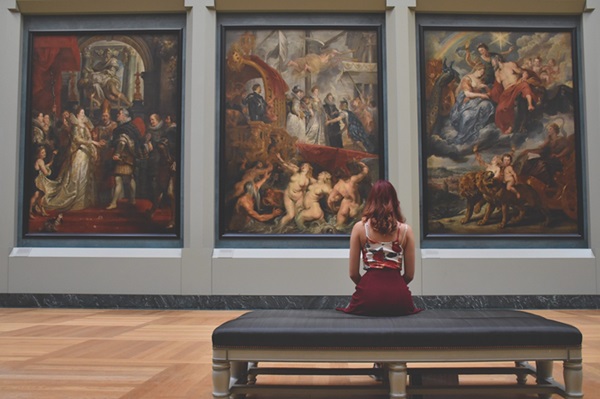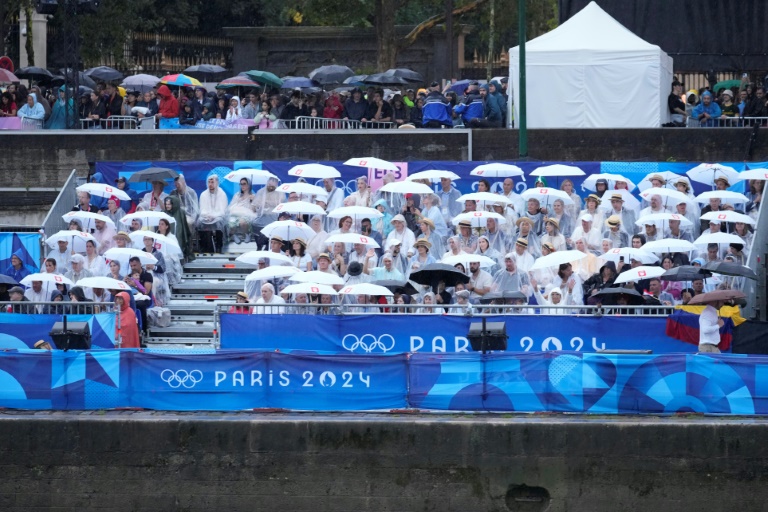In the contemporary art market, a select group of paintings have transcended their canvas to become symbols of opulence, prestige, and cultural significance. These coveted masterpieces, sold for staggering sums at prestigious auction houses, represent the apex of artistic achievement in the modern world. From the enigmatic allure of Leonardo da Vinci’s “Salvator Mundi” to the vibrant complexities of Jackson Pollock’s “Number 17A,” and from Pablo Picasso’s “Les Femmes d’Alger (Version ‘O’)” to Amedeo Modigliani’s “Nu Couché,” each sale not only shatters records but also ignites global intrigue, leaving collectors and enthusiasts eagerly anticipating the next groundbreaking acquisition.
The emotive brushstrokes of Francis Bacon’s “Three Studies of Lucian Freud” and the captivating charm of Gustav Klimt’s “Portrait of Adele Bloch-Bauer II” similarly symbolize not just monumental investments, but also pivotal moments in the ongoing conversation between art, commerce, and the human experience. As collectors vie for these coveted treasures, the allure of owning a piece of history propels the prices of these extraordinary works to unprecedented heights, reaffirming their status as the most valuable paintings of our time.
1. Salvator Mundi by Leonardo da Vinci
“Salvator Mundi” is a masterpiece attributed to Leonardo da Vinci, depicting Jesus Christ in Renaissance attire, holding a crystal orb and giving a blessing gesture with his right hand. The painting’s title translates to “Savior of the World” in English. Believed to have been painted around 1500, it showcases Leonardo’s mastery of light, shadow, and anatomy. The artwork’s attribution to Leonardo was long debated, but after extensive research and restoration, it was widely accepted as his work. The painting’s sale in 2017 for approximately $450.3 million set a record for the highest price ever paid for a work of art at auction, making it one of the most famous and valuable paintings in the world.
2. Interchange by Willem de Kooning
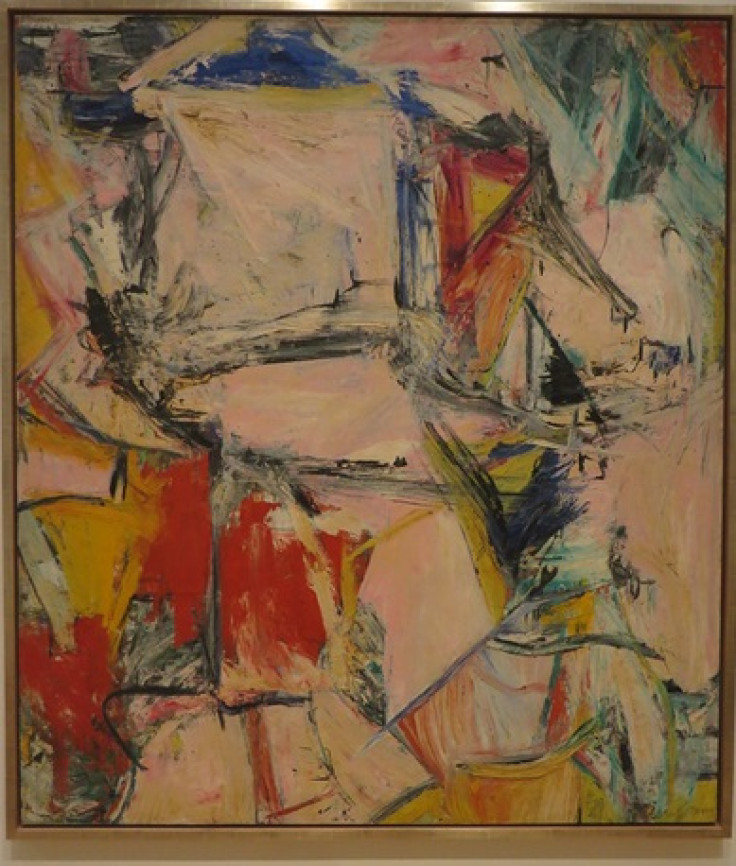
“Interchange” is a renowned abstract expressionist painting by Willem de Kooning, created in 1955. It features vibrant, gestural brushstrokes and dynamic color contrasts. The composition is characterized by swirling forms and energetic movement, suggesting both figurative and abstract elements. “Interchange” is regarded as one of de Kooning’s masterpieces, showcasing his innovative approach to painting and his influence on the abstract expressionist movement. In 2015, the painting was sold for approximately $300 million, making it one of the most expensive artworks ever sold at auction, highlighting its significance in the art world.
3. The Card Players by Paul Cézanne
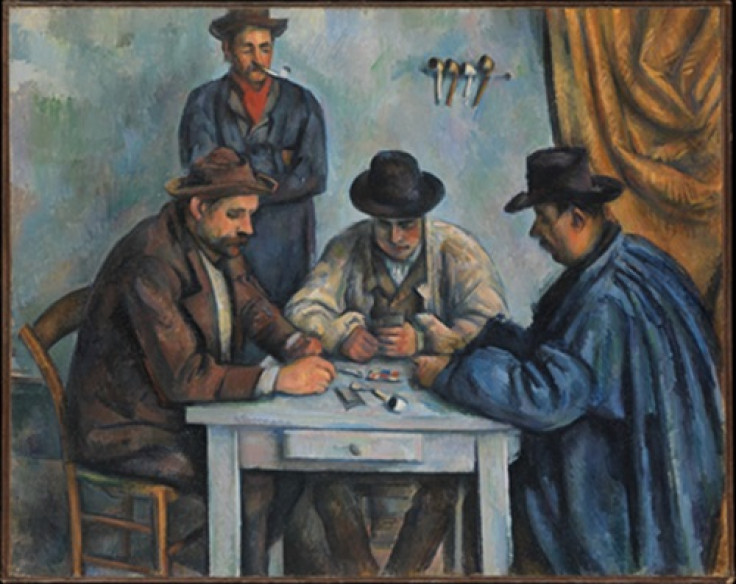
“The Card Players” is a renowned series of oil paintings by the French artist Paul Cézanne, completed between 1890 and 1895. These paintings depict scenes of rural life in Provence, featuring peasants engaged in the leisurely activity of playing cards. Cézanne’s distinctive style is evident in these works, characterized by his use of geometric forms, bold brushstrokes, and a rich color palette. The figures are portrayed with a sense of dignity and concentration, capturing the essence of everyday life in the countryside. In 2011, one version of “The Card Players” was sold privately for approximately $250 million.
4. Nafea Faa Ipoipo (When Will You Marry?) by Paul Gauguin
“Nafea Faa Ipoipo (When Will You Marry?)” stands as a masterpiece by the French Post-Impressionist Paul Gauguin, originating from his Tahitian sojourn in 1892. The painting captures two Tahitian women adorned in traditional garb amidst a lush tropical setting, evoking a sense of serene introspection. Gauguin’s vibrant palette, flattened perspective, and symbolic imagery resonate with his fascination for the exotic and spiritual essence of Tahitian life. This artwork not only embodies Gauguin’s artistic vision and his exploration of primitivism but also attained a landmark price in art history. Reported to have fetched nearly $300 million in 2015, “Nafea Faa Ipoipo” potentially marks a new pinnacle in the valuation of fine art, further cementing its status as a seminal work of cultural significance.
5. Number 17A by Jackson Pollock
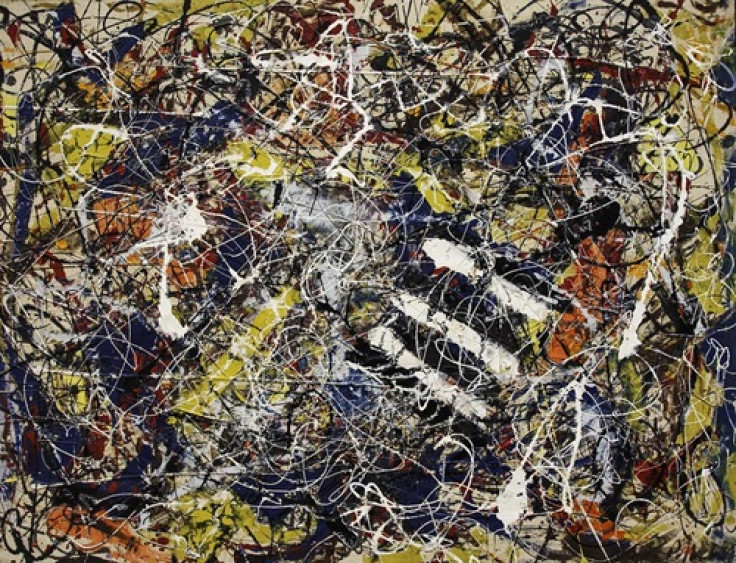
“Number 17A” is an iconic abstract expressionist painting by American artist Jackson Pollock, created in 1948. This large-scale artwork is characterized by Pollock’s signature drip painting technique, where he would fling or pour paint onto the canvas, allowing it to flow and splatter in dynamic, intricate patterns. “Number 17A” showcases a frenetic energy and sense of movement, with layers of paint intertwining to create a mesmerizing composition. In 2015, the painting was sold for approximately $200 million, reflecting its status as one of Pollock’s most celebrated works and highlighting its enduring influence on the art world.
6. No. 6 (Violet, Green and Red) by Mark Rothko
“No. 6 (Violet, Green and Red)” is a significant abstract expressionist painting by the renowned artist Mark Rothko, completed in 1951. This large-scale artwork is characterized by its simple yet powerful composition, featuring rectangular blocks of vibrant violet, green, and red hues layered on top of each other. Rothko’s use of color and form creates a sense of depth and emotion, inviting viewers to contemplate the interplay between light, space, and color. In 2014, the painting was sold for approximately $186 million, reaffirming its stature as a masterpiece of 20th-century art, and emphasizing Rothko’s lasting impact on the abstract expressionist movement.
7. Les Femmes d’Alger (Version ‘O’) by Pablo Picasso
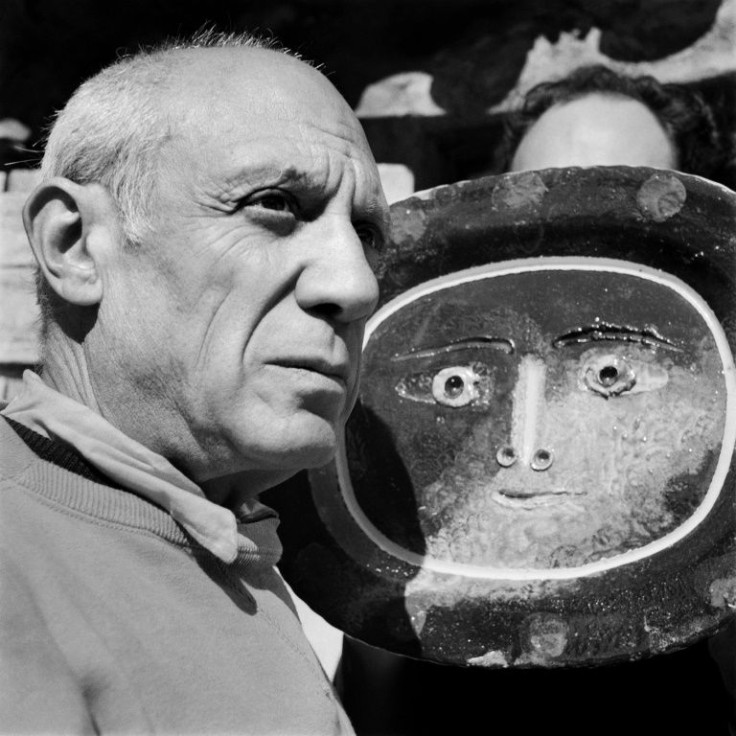
“Les Femmes d’Alger” (Version ‘O’) is a renowned painting by the Spanish artist Pablo Picasso, completed in 1955 as part of his series inspired by the 19th-century artist Eugène Delacroix’s work “Women of Algiers in Their Apartment.” Picasso’s interpretation features vibrant colors, abstracted forms, and cubist elements, depicting a scene of several women in an interior space. The painting is celebrated for its bold composition and rich cultural references, reflecting Picasso’s fascination with Orientalism and his mastery of the cubist style. In 2015, “Les Femmes d’Alger (Version ‘O’)” was sold for approximately $179.4 million, solidifying its status as one of Picasso’s most significant and valuable works.
8. Shot Sage Blue Marilyn by Andy Warhol

In 1964, Andy Warhol created a series of five Monroe artworks, including the masterpiece “Shot Sage Blue Marilyn,” a 40-square-inch acrylic and silk screen on linen. This specific piece, renowned for its beauty and precise alignment, was sold for a staggering $195 million. It’s part of a set known as the “Shot Marilyns,” consisting of four other paintings. Warhol meticulously employed a laborious technique to achieve the exquisite silk screen effect evident in these iconic pieces.
9. Three Studies of Lucian Freud by Francis Bacon
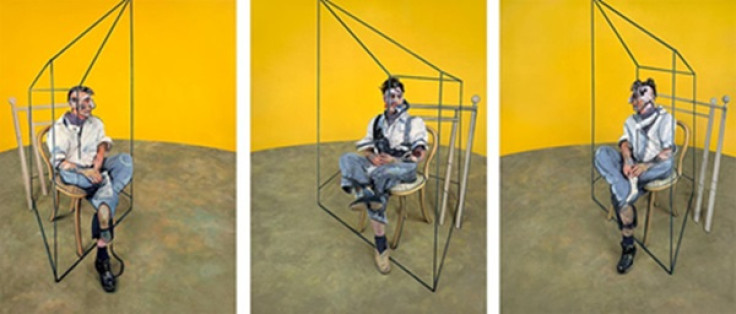
“Three Studies of Lucian Freud” is a triptych painting by the renowned British artist Francis Bacon, completed in 1969. The artwork features three separate panels, each depicting the acclaimed figurative painter Lucian Freud, who was a close friend and artistic peer of Bacon. Bacon’s characteristic style, characterized by distorted forms and expressive brushwork, is evident in this work. In 2013, “Three Studies of Lucian Freud” was sold at auction for approximately $142.4 million, setting a new record for the highest price ever paid for a work of art at that time.
10. Portrait of Adele Bloch-Bauer II by Gustav Klimt
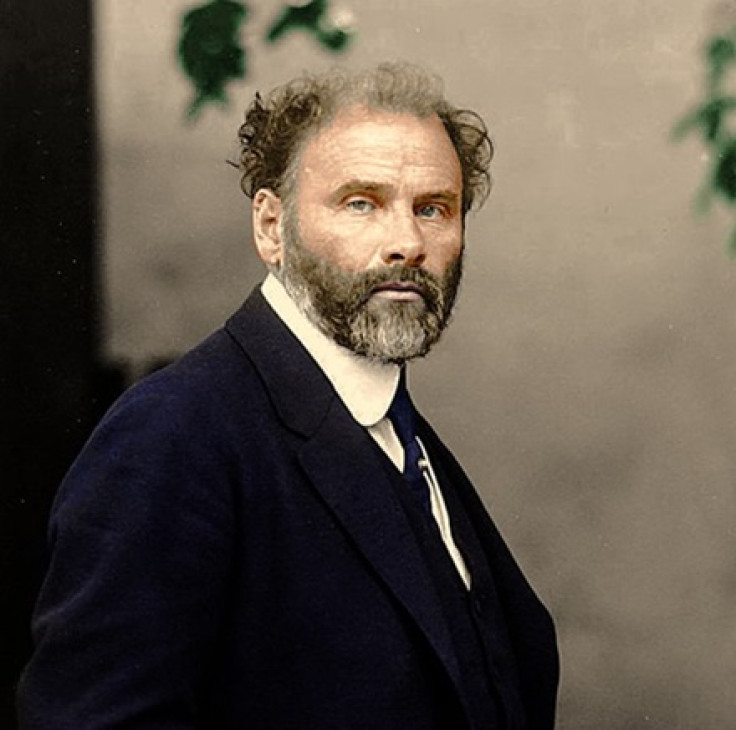
Wikimedia Commons
“Portrait of Adele Bloch-Bauer II” by the Austrian symbolist artist Gustav Klimt, and completed in 1912, depicts Adele Bloch-Bauer, a prominent Viennese socialite and patron of the arts. Klimt’s distinctive style, characterized by ornate patterns and rich colors is evident in this masterpiece. Adele Bloch-Bauer is portrayed with an aura of elegance and mystery, her figure enveloped in intricate decorative motifs. In 2016, “Portrait of Adele Bloch-Bauer II” was sold for approximately $150 million, underscoring its status as one of Klimt’s most iconic and valuable works, as well as its significance in the history of art.
Exploring the world’s most valuable artworks
In the realm of expensive art, the staggering prices achieved by masterpieces symbolize more than just monetary value. They represent the pinnacle of artistic achievement, embodying the creativity, vision, and cultural significance that define human civilization.

